The density range of inert alumina ceramic balls is from 1.3g/cm³ to 2.0g/cm³. The specific density value mainly depends on the aluminum content of the inert ceramic balls. The specific density of inert ceramic balls can be referred to the following values.
Ordinary ceramic balls have an aluminum content of 17%-30% and a bulk density of about 1.35g/cm³.
Low-aluminum ceramic balls have an aluminum content of 40%-75% and a bulk density of about 1.5g/cm³.
Medium-aluminum ceramic balls have an aluminum content of 46%-70% and a bulk density of about 1.6g/cm³.
High-aluminum ceramic balls have an aluminum content of 71%-90% and a bulk density of about 1.7g/cm³.
Corundum ceramic balls have an aluminum content of over 90%, such as 90-92 aluminum balls, with a bulk density of about 1.9g/cm³.
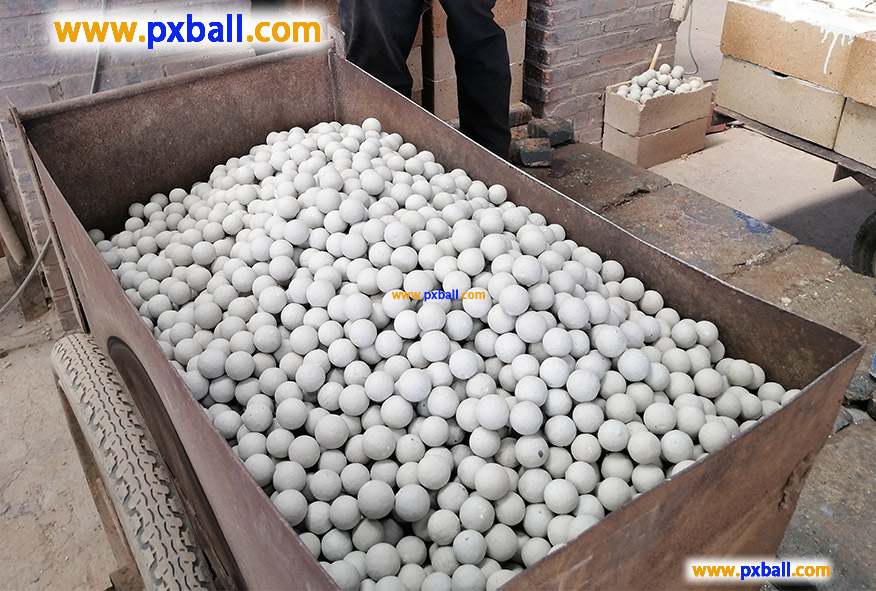
Supplement
In practical applications, understanding the density of inert ceramic balls is extremely important. It can assist us in calculating the volume and weight of the packing bed, predicting the packing density and voidage of the filler, and thereby optimizing the design and operation of the reactor. Moreover, density can also serve as an important indicator for evaluating the quality and performance of the filler. The density of inert alumina ceramic balls is influenced by various factors such as the aluminum content, specifications, and bulk specific gravity. The higher the aluminum content, the greater the density of the ceramic balls, and the stronger their compressive strength and high-temperature resistance. Additionally, different specifications of ceramic balls (such as 3mm, 6mm, 9mm, etc.) also affect their surface area and porosity, thereby influencing the packing density and catalytic effect.
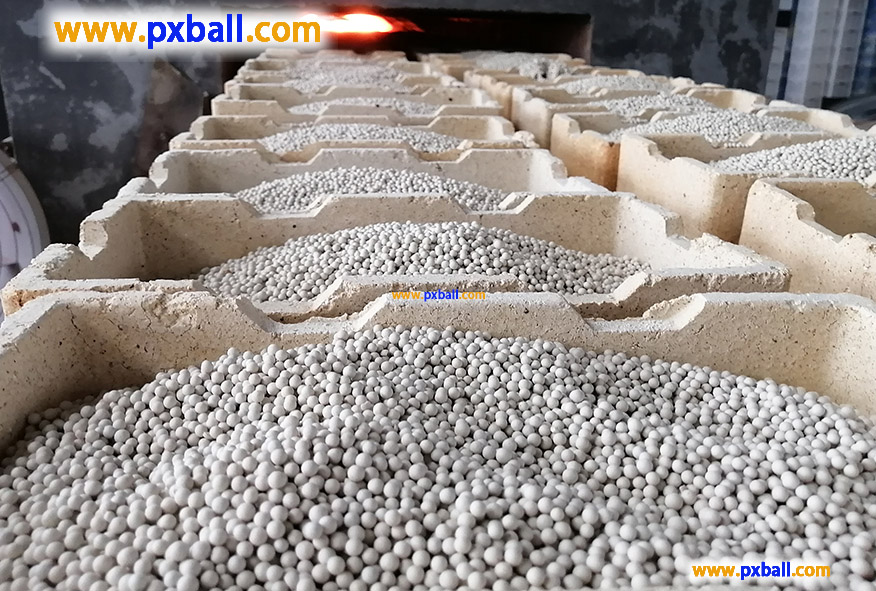
Other technical parameters
From the following table, which is in accordance with the HG/T3683.1-2014 standard for China's inert alumina packing balls, it can be seen from the standard that the density of inert alumina packing balls is mainly related to the content of aluminum, while the strength of inert ceramic balls is mainly related to the size of the specification.
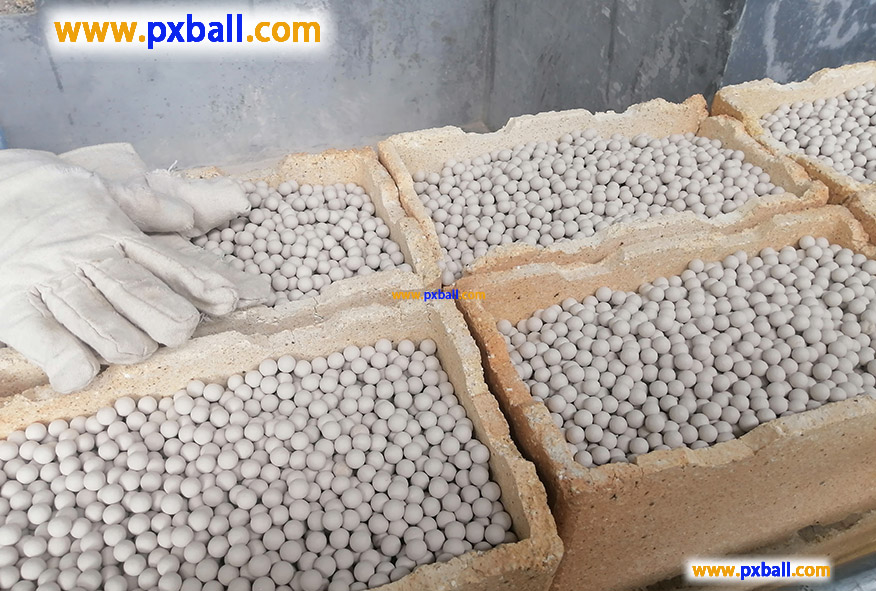
Product Parameters
Property | Ceramic ball | Low alumina ball | Med. alumina ball | High alumina ball | Corundum ball | |
Chemical composition % | Al2O3 | 20-30 | 31-45 | 46-70 | 71-90 | >90 |
Al2O3+SiO2 | ≥90 | |||||
Fe2O3 | ≤1 | |||||
Water absorption, % | ≤5 | |||||
Acid resistance, % | ≥98 | |||||
Alkali resistance, % | ≥80 | ≥82 | ≥85 | ≥90 | ≥95 | |
Thermal shock resistance, ºC | ≥300 | ≥400 | ≥500 | ≥700 | ≥800 | |
Thermal resistance, ºC | ≥1000 | ≥1200 | ≥1300 | ≥1400 | ≥1500 | |
Crushing strength KN/grain | Φ10mm | ≥0.85 | ≥1.0 | ≥1.20 | ≥1.50 | ≥1.90 |
Φ13mm | ≥1.80 | ≥2.30 | ≥3.00 | ≥4.00 | ≥5.80 | |
Φ16mm | ≥2.30 | ≥3.00 | ≥4.50 | ≥6.00 | ≥7.00 | |
Φ20mm | ≥4.30 | ≥5.00 | ≥6.00 | ≥7.50 | ≥9.00 | |
Φ25mm | ≥6.20 | ≥7.00 | ≥8.00 | ≥10.00 | ≥12.00 | |
Φ30mm | ≥7.00 | ≥8.00 | ≥10.00 | ≥12.00 | ≥14.00 | |
Φ38mm | ≥8.80 | ≥10.00 | ≥12.00 | ≥16.00 | ≥18.00 | |
Φ50mm | ≥12.00 | ≥13.00 | ≥15.00 | ≥18.00 | ≥21.50 | |
Φ76mm | ≥16.00 | ≥18.00 | ≥20.00 | ≥22.00 | ≥25.00 | |
Bulk density, Kg/m³ | 1300-1400 | 1400-1500 | 1500-1600 | 1600-1800 | ≥1800 | |
Note: The data of bulk density is given for reference only, not as the acceptance criterion. | ||||||
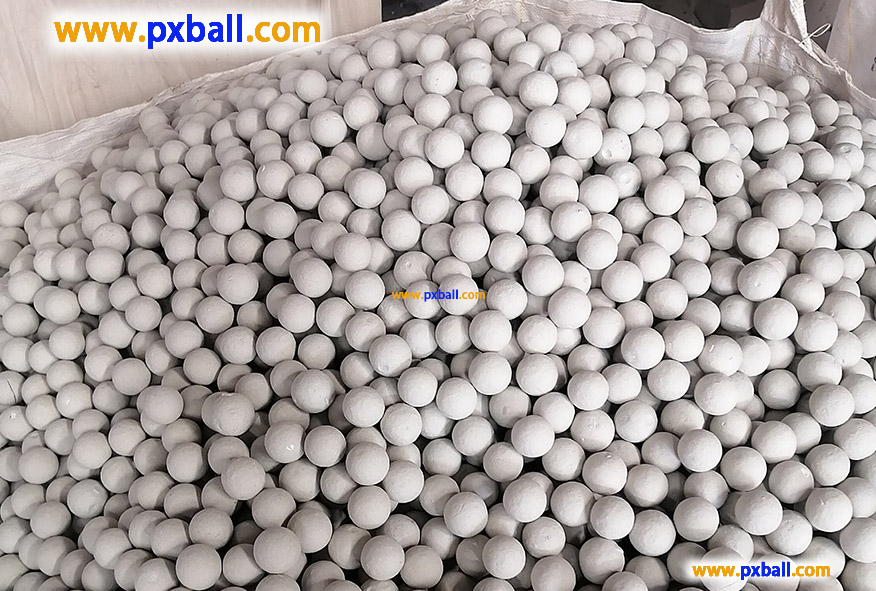
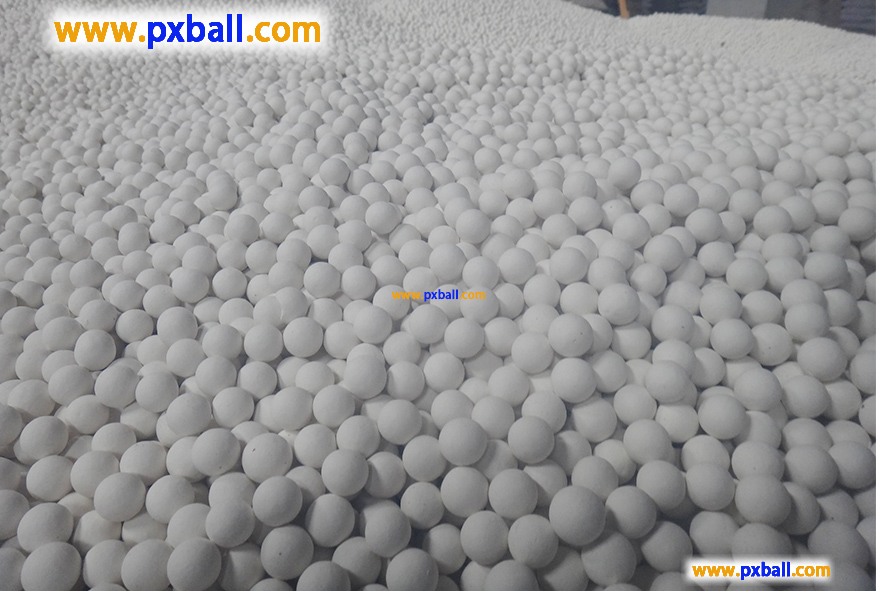
Catalyst Inert Ceramic Packing Process
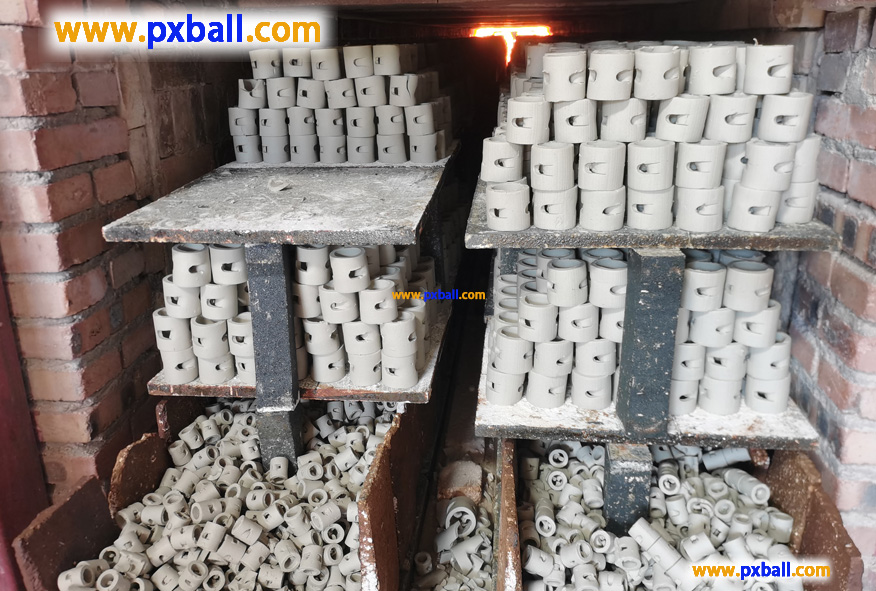
Is ceramic an inert waste?
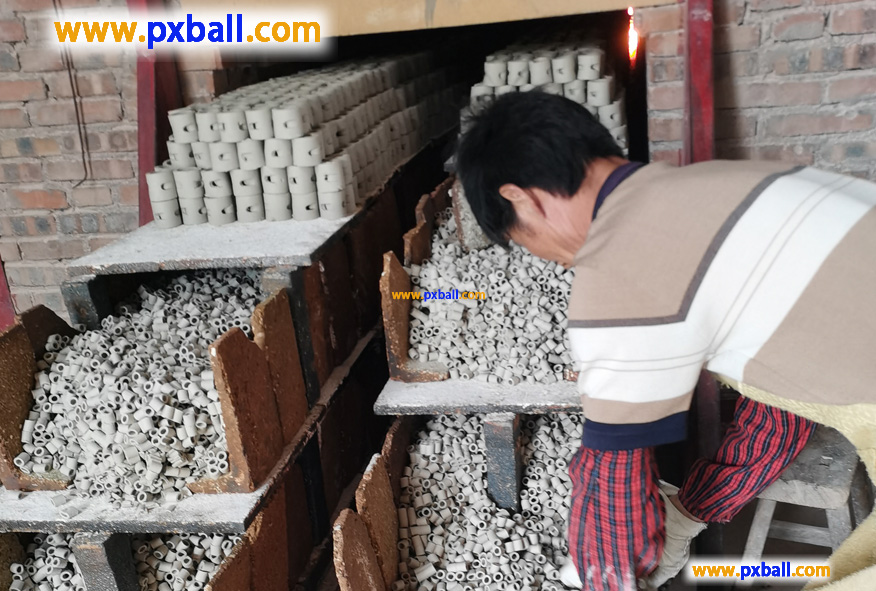
Are ceramics chemically inert?
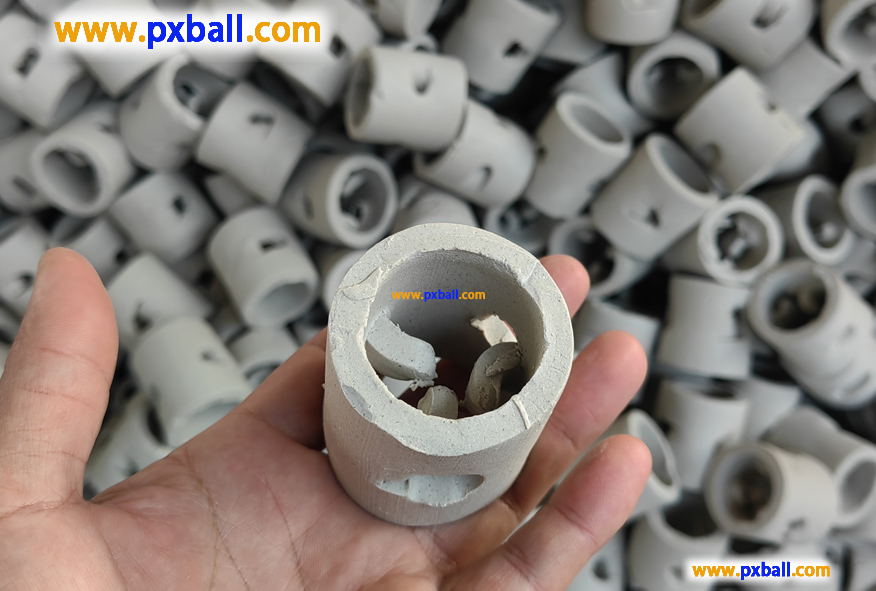
What is inert ceramics?

inert alumina ceramic ball density

Why do inert ceramic balls emphasize the level of aluminium content?
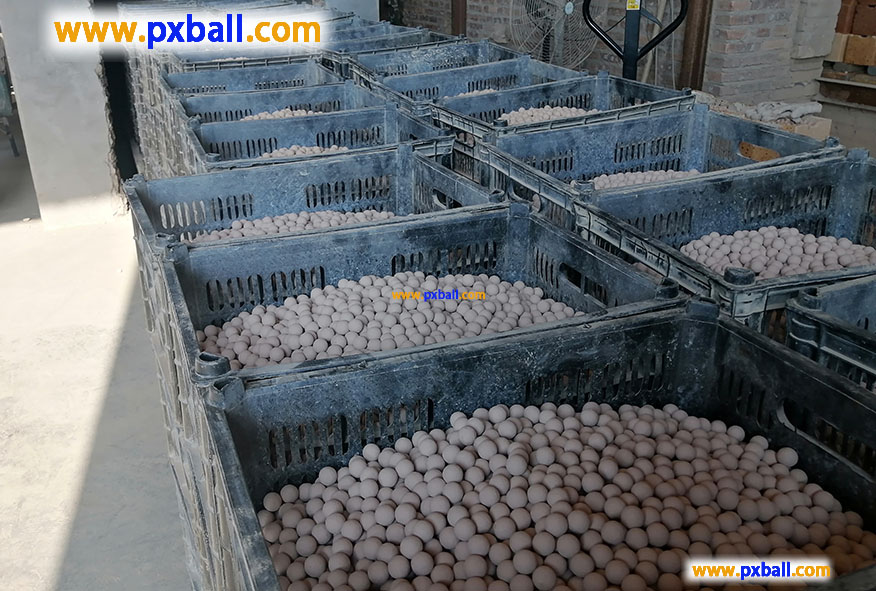
What are alumina ceramic balls used for?
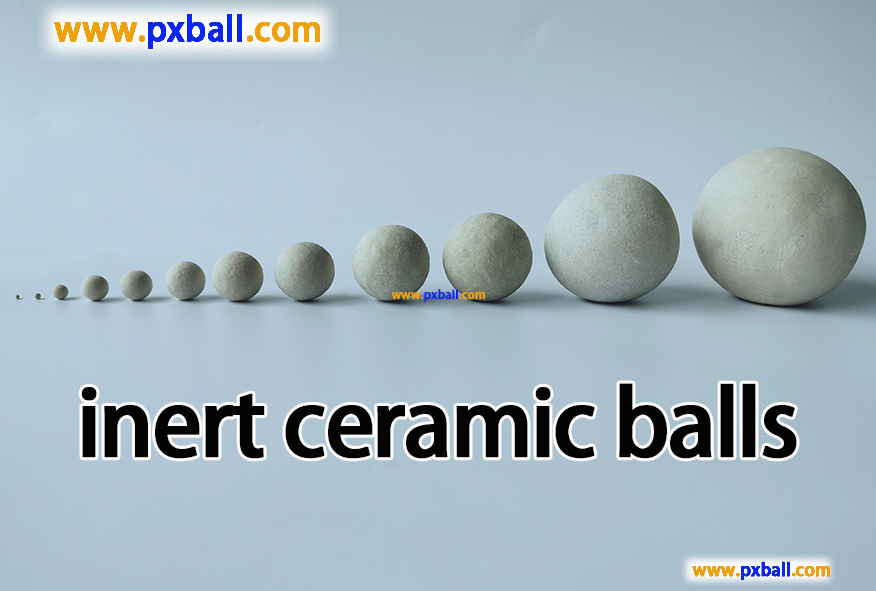
What is inert ceramic ball?